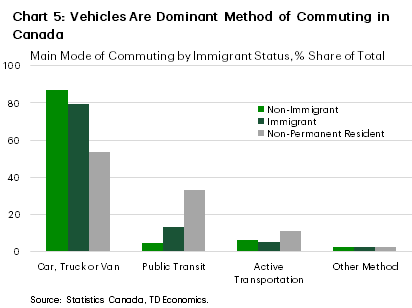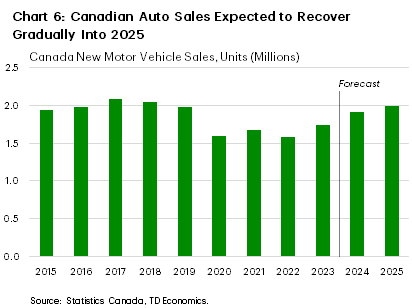Article content
A dealership in Phoenix is handwriting paper contracts and gauging creditworthiness with guesswork. A Jeep owner in Alabama keeps calling about when a replacement part will be in stock. A family in New Jersey is waiting for word on when they can take delivery of their new Audi.
Such is life for auto retailers and their customers across the United States and Canada after CDK Global Inc. — a software provider to some 15,000 dealers — was waylaid by debilitating cyberattacks. The barrage began June 19, costing U.S. dealers a burst of business on a federal holiday. CDK has warned that a second incident Thursday is likely to keep its systems down for several more days.
The attacks have had a crippling effect on an industry that topped US$1.2 trillion in sales last year just in the U.S., and is in the thick of an end-of-quarter sales push. CDK’s core product — a suite of software tools referred to as a dealership management system, or DMS — underpins virtually every element of auto retailers’ day-to-day business.
There are only a handful of DMS companies for dealers to choose from after decades of consolidation within this corner of the car-retailing industry. As a result, thousands of stores are highly reliant on CDK’s services to line up financing and insurance, manage inventory of vehicles and parts, and complete sales and repairs.
CDK’s parent, Brookfield Business Partners LP, had its worst trading day since October — plunging 5.7 per cent on Thursday — and extended its decline Friday. Shares in dealer groups AutoNation Inc., Group 1 Automotive Inc. and Sonic Automotive Inc. also slumped.
Representatives for Ford Motor Co., Volkswagen AG, Mercedes-Benz Group AG and BMW AG confirmed some of their dealers use CDK and said they’re working with those affected by the disruption. Other car companies didn’t immediately respond to requests for comment.
For Joshua Adams, the Jeep owner in Millbrook, Ala., CDK’s outage comes at an inopportune time. He’d already gone weeks without his 2020 Renegade sport utility vehicle as he waited for a warranty claim to be sorted out.
This week, he called his dealership to check if the final part needed to fix his vehicle had arrived, as expected. The service centre was unsure, saying it was impossible to know because of the hack.
“They can’t tell me where my part is or when it will arrive,” Adams said. “We are just up in the air.” He expects the delay will cost several hundred dollars in additional expenses for a rental car he’s driving in the meantime.
In New Jersey, the Lanni family was excited to take delivery of a new Audi Q5. Daniel Lanni and his wife had removed the child seats from their old vehicle so they’d be ready for plopping into the new SUV. But on June 19, their dealer called to say the store’s computer system was down, and it wasn’t clear when they’d be able to take delivery.
Lanni and his wife re-installed the car seats for their children – ages 3, 5 and 8 – and said they hadn’t heard more from the dealer as of Thursday afternoon.
“The kids were really excited,” said Lanni, a 41-year-old commercial real estate broker. “They’re upset and now they’re just regularly asking about it.”
Alex Padron, a sales manager at a Nissan dealership in Phoenix, said that business was “almost at a standstill” on Thursday. Everyone who’s purchased a vehicle from the store since 2014 — when it began using CDK’s software — has data stored in the system, he said.
“It’s probably more than 50,000” customers, he said.
The dealership is now handwriting paper contracts and finding novel ways to get deals done. He said workers in the finance department have had to “guess” customers’ creditworthiness based on “whatever information they can gather.”
Since the attack began, the dealership has been able to process about half the transactions it usually can. Anything complicated — say, a purchase involving a trade-in or unusual financing — simply can’t get done.
“For this store, I’d like to have 10 complete deals done a day,” Padron said. “Five, six, seven would be nice today.”
Carlson, K., Gorelick, E., & Bleiberg, J. (2024, June 21). Car dealers in U.S., Canada reel from Cyberattack | Financial Post. Car dealers in U.S., Canada reel from cyberattack on critical software provider. https://financialpost.com/news/retail-marketing/car-dealer-chaos-canada-cyberattack-hits-sales
—With assistance from Wilfried Eckl-Dorna, Monica Raymunt and Keith Naughton.










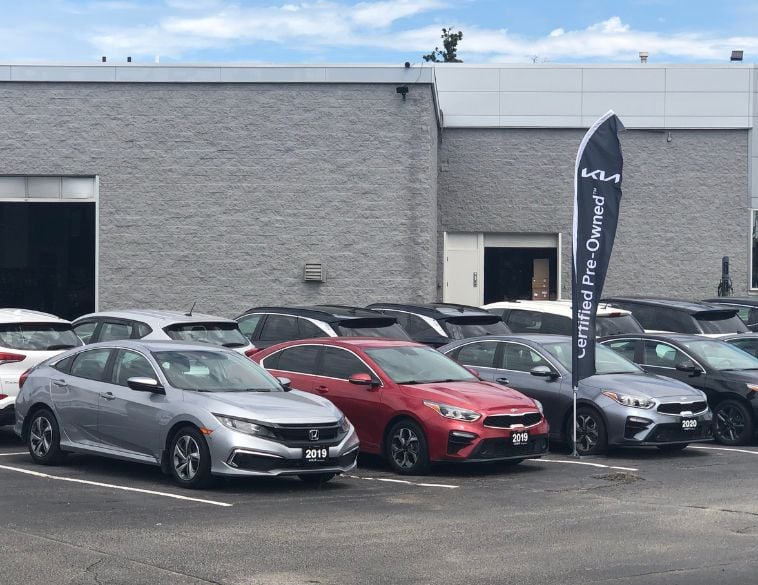










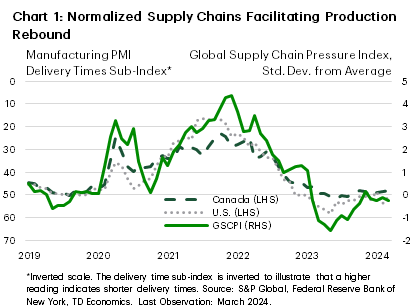 The automotive industry returned to a state of normality in 2023 as easing supply chain issues improved procurement times (Chart 1) and facilitated a rebound in production. As a result, North American light vehicle production increased 9.6% last year, putting total production only 3.9% below 2019 levels. This helped to push inventory levels to their highest level in three years to start 2024.
The automotive industry returned to a state of normality in 2023 as easing supply chain issues improved procurement times (Chart 1) and facilitated a rebound in production. As a result, North American light vehicle production increased 9.6% last year, putting total production only 3.9% below 2019 levels. This helped to push inventory levels to their highest level in three years to start 2024.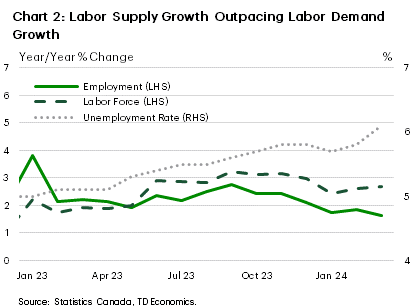 The Canadian labor market is not quite as weak as is suggested by the one percentage-point increase in the unemployment rate over the past year. With the nation’s population growing by 3.2% last year, we have seen labor force growth outpace employment growth consistently since May 2023 (Chart 2), which has exerted upward pressure on the unemployment rate. Canadian job gains in 2023 actually exceeded those seen in 2019 by more than 100k jobs, but the economy would have needed roughly 160k additional new jobs to offset outsized labor force growth and keep the unemployment rate unchanged relative to the start of 2023. At the same time, while part-time jobs contributed more to last year’s gains than usual (25% vs. 3% in 2019), full-time job growth was above that seen in 2019. So, while the Canadian labor market is not remarkably strong, it is not currently in the doldrums either.
The Canadian labor market is not quite as weak as is suggested by the one percentage-point increase in the unemployment rate over the past year. With the nation’s population growing by 3.2% last year, we have seen labor force growth outpace employment growth consistently since May 2023 (Chart 2), which has exerted upward pressure on the unemployment rate. Canadian job gains in 2023 actually exceeded those seen in 2019 by more than 100k jobs, but the economy would have needed roughly 160k additional new jobs to offset outsized labor force growth and keep the unemployment rate unchanged relative to the start of 2023. At the same time, while part-time jobs contributed more to last year’s gains than usual (25% vs. 3% in 2019), full-time job growth was above that seen in 2019. So, while the Canadian labor market is not remarkably strong, it is not currently in the doldrums either.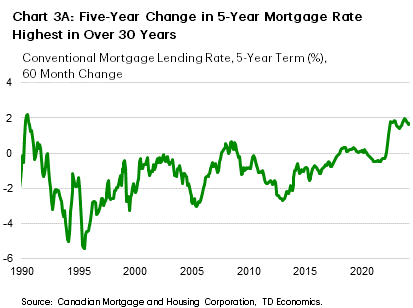
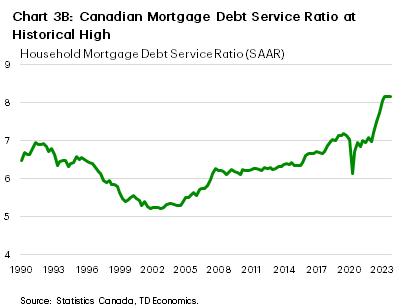
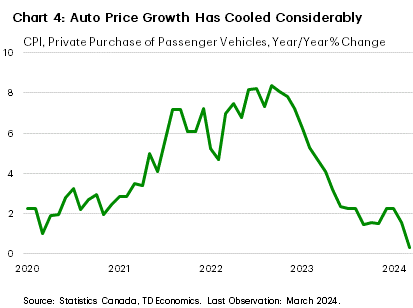 The first reason is owing to the delayed post-pandemic recovery in the automotive sector. The lack of available inventory in the market over the past three years has created a build-up of pent-up demand, which is one of the reasons why Canadian vehicle sales growth roughly matched that seen in the U.S. last year despite materially different economic trends. As production ramped up and supply levels gradually improved last year, consumers in both countries pushed sales to their highest level since 2019. This is expected to continue to support sales moving forward, with moderating vehicle prices (Chart 4) and lower financing costs providing support to this channel through the second half of the year.
The first reason is owing to the delayed post-pandemic recovery in the automotive sector. The lack of available inventory in the market over the past three years has created a build-up of pent-up demand, which is one of the reasons why Canadian vehicle sales growth roughly matched that seen in the U.S. last year despite materially different economic trends. As production ramped up and supply levels gradually improved last year, consumers in both countries pushed sales to their highest level since 2019. This is expected to continue to support sales moving forward, with moderating vehicle prices (Chart 4) and lower financing costs providing support to this channel through the second half of the year.